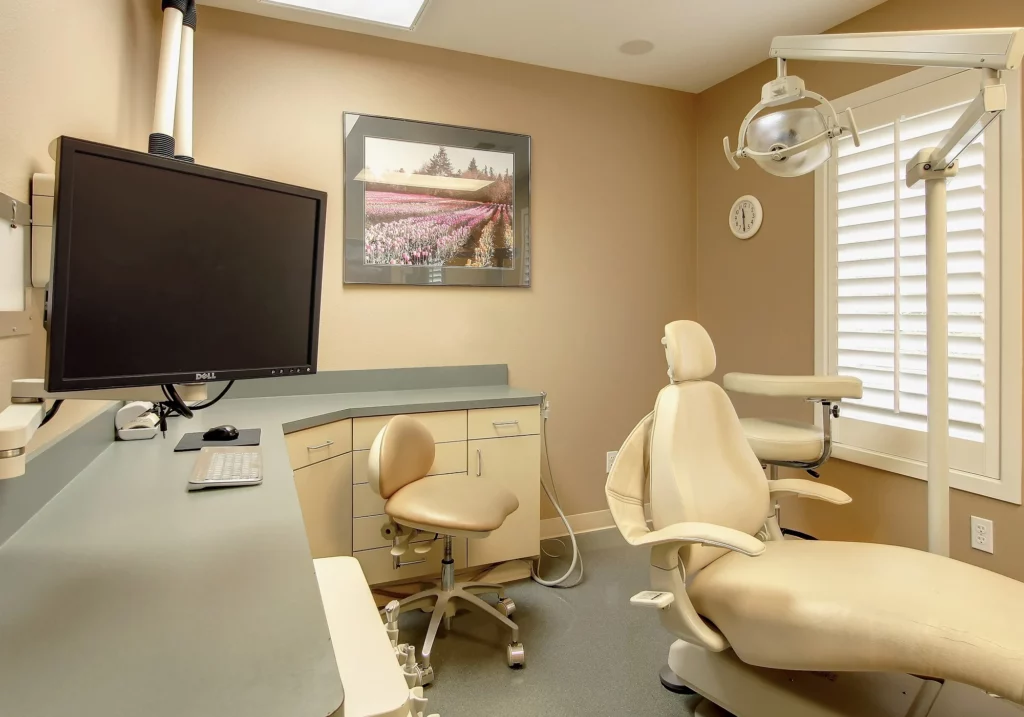Salem Periodontal Specialists
- 2605 12th Place SE, Salem, OR 97302
- Call: (503) 585-4281
- Email: Info@SalemORPerio.com
- Fax: 503-585-7427
Office Hours
- Monday: 8:00 AM - 5:00 PM
- Tuesday: 8:00 AM - 5:00 PM
- Wednesday: 8:00 AM - 5:00 PM
- Thursday: 8:00 AM - 5:00 PM




